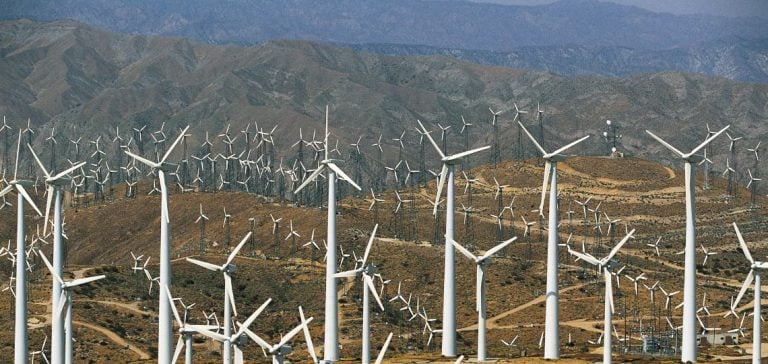The leaders of eight countries bordering the North Sea gathered this Thursday in Denmark to discuss the future of offshore wind energy in the region. The goal of this summit is to revitalize European ambitions in response to the rising competition from Chinese manufacturers in this key sector of the energy transition. At the forefront of discussions is the installation of 20,000 offshore wind turbines by 2050, a project aimed at increasing Europe’s energy capacity and maintaining its global leadership in this field.
Asian competition, particularly from China, weighs heavily on the European industry. According to the renewable energy consultancy Wood Mackenzie, China accounts for 82% of global wind turbine orders, a troubling figure for the European Union countries. “We need to ensure we choose the right path for the energy transition,” stated Danish Energy Minister Lars Aagaard during the summit.
European Industrialization Efforts
Denmark, a pioneer in offshore wind energy, is positioning itself as a leader. The Scandinavian country inaugurated its first offshore wind farm in 1991, and today, more than 40% of its electricity comes from wind power. The port of Odense, where the meeting is taking place, illustrates Europe’s progress. Since 2011, this industrial site has been manufacturing the necessary components for wind turbine construction across the continent.
“More than a thousand wind turbines have been produced here, not only for Europe but also for distant markets like the Philippines and the United States,” said Carsten Aa, director of the port of Odense. On the Lindø site, a former shipyard, Danish giant Vestas now produces nacelles, masts, and other components for offshore wind farms.
An Expansion Required to Stay Competitive
Despite these successes, challenges remain numerous. Europe must redouble its efforts not to be overtaken by China, which has considerably accelerated its wind turbine production. “We have moved from an outdated industrial area to a modern high-tech production facility,” emphasized Carsten Aa, recalling the recent transformations that have taken place in Odense.
The port of Odense continues its expansion, with an 18% increase in surface area over the past two years. This dynamism is essential to meet the political ambitions set by European leaders. “We still have a lot to do to reach our goals, but the potential is there,” concluded Carsten Aa.
In France, the port of Nantes Saint-Nazaire is also preparing for the future with the development of a platform dedicated to the deployment of offshore wind farms. These initiatives demonstrate that Europe is not willing to give up its leadership without a fight, even though the Chinese challenge is significant.






















